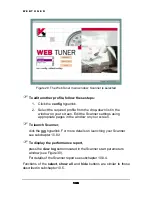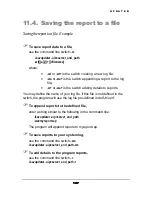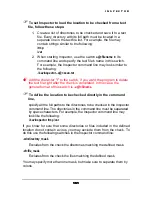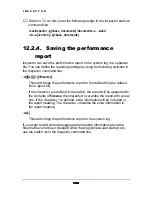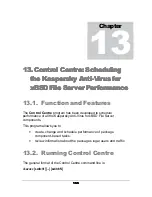
I N S P E C T O R
150
150
150
150
By comparing newly collected data against the database master copy the
program identifies new and modified files and checks for viruses in them.
!"
You can create separate Inspector databases for every location to
be checked.
If a database master copy for the location to be checked already exists, it is
advisable to load it using the command line switch
–g[=database_name]
.
If you specify the switches
–s[=database_name]
and
–g[=database_name]
in
the command line the program will add newly collected data to the exiting
database master copy for the defined location to be checked.
If you specify the switch
–s[=database_name]
in the command line the
program will create a new database (if the database defined in the switch
does not exist) or overwrite the existing database with the new one (if the
database defined in the switch already exists).
If you specify the switch
–g[=database_name]
in the command line the newly
collected data will not be saved to the corresponding files, i.e. this data will
not be used as the database master copy against which the subsequently
collected data must be compared.
#"
If you do not specify any database name in the command line switch,
the program will use the default database under the
checkbase
name.
#"
It is not advisable to save the collected data to the databases
containing performance parameters of the Kaspersky Anti-Virus for
xBSD File Server components.
12.2.2. Defining the location to be
checked
When starting Inspector, you must define the location to be checked. You
may do this one of the following ways:
•
by creating a text file listing all the required directories and
defining its name in the Inspector command line.
•
by entering the required directory path in the Inspector command
line.

